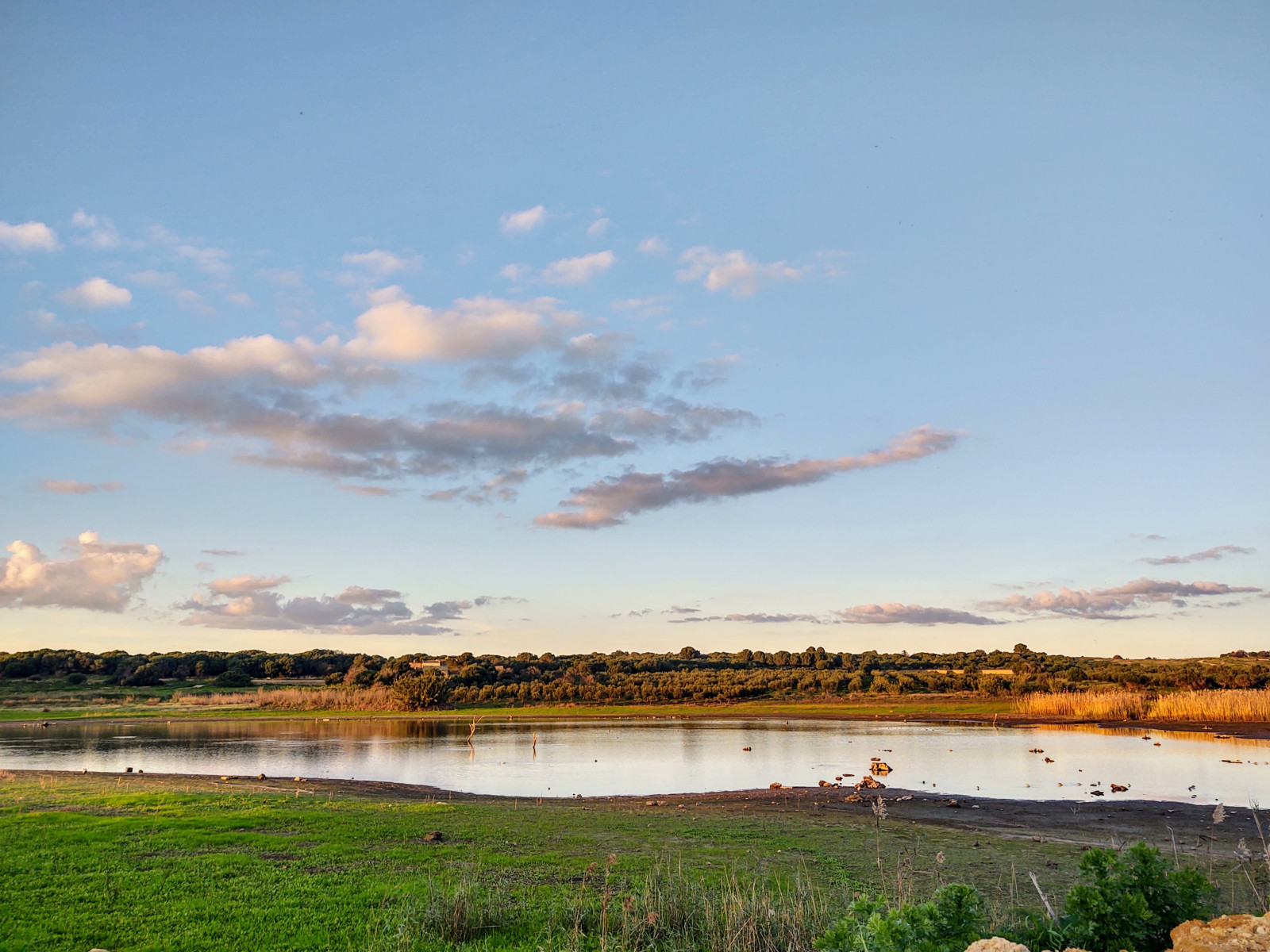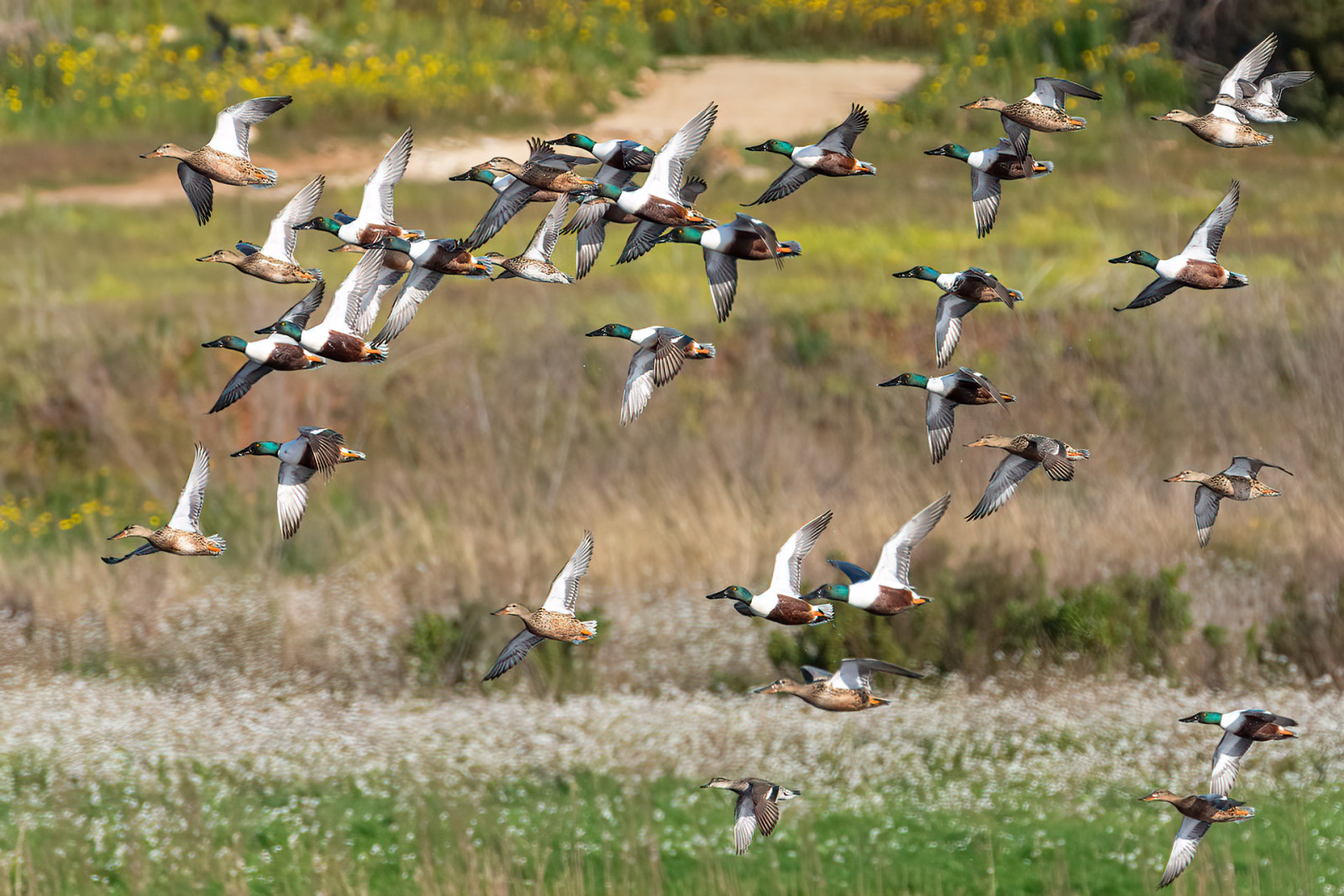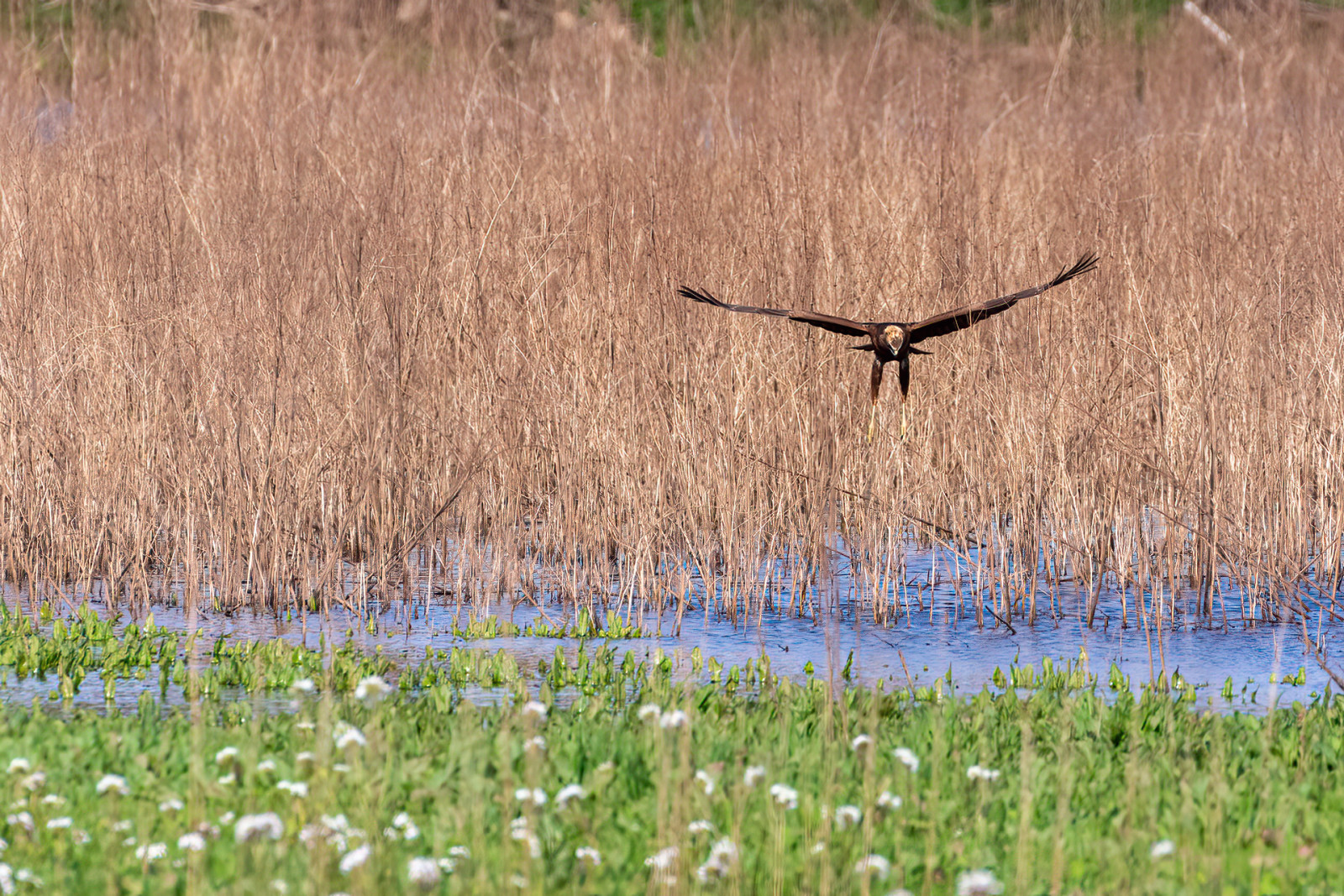Beschreibung
Pantano Leone is a wetland of about 6 hectares where over 70 species of birds have been observed. Good area to observe ducks, herons, waders and other water birds. Pantano Leone is a site of national importance for the wintering of Bekassine.
_________________________
Italiano: Formatosi nel 1977, perennemente allagato da acque reflue e piovane, dal 2008 divenuto a carattere stagionale. Adiacente l'area archeologica Cave di Cusa. Al Pantano Leone, sono state osservate oltre 70 specie di uccelli. Il Pantano Leone è sito di importanza nazionale per lo svernamento del Bekassine.
Details
Zugang
To reach Pantano Leone, leave the A29 motorway at the junction for Campobello di Mazara and follow the signs for the seaside resort of Tre Fontane along the SP51, turn right in the direction of the Tramontana nursery. Pantano Leone can be explored from the roadside, taking care not to obstruct traffic. The best way to observe the birds is directly from the car with the use of binoculars. The use of a telescope for the observation of waders is recommended.
_________________________
Italiano: Per raggiungere il Pantano Leone è sufficiente lasciare l'autostrada A29 all'altezza dello svincolo per Campobello di Mazara e seguire le indicazioni per la località balneare di Tre Fontane percorrendo la SP51 svoltare a destra in direzione del vivavio Tramontana. Il Pantano Leone si può esplorare dal bordo della strada, prestando attenzione a non intralciare il traffico veicolare. Il modo migliore per fare le osservazioni è direttamente dall'abitacolo della vostra automobile con l'utilizzo di un binocolo. Consigliato l'uso di un cannocchiale per l'osservazione dei limicoli.
Terrain und Habitat
Feuchtgebiet , SchilfflächenBedingungen
Flach , Sumpfig , Kein Schatten , Offene LandschaftRundweg
NeinIst ein Spektiv nützlich?
Möglicherweise hilfreichGute Beobachtungszeit
Winter , Frühjahr , HerbstBeste Beobachtungszeit
Herbstzug , Winter , FrühjahrszugRoute
asphaltierte StraßeSchwierigkeitsgrad der Tour
EinfachErreichbarkeit
AutoBeobachtungshütten oder -türme
NeinZusätzliche Informationen
Since 2008, the Pantano Leone has dried up starting in March/April. The surrounding area is characterized by the so-called "sciare", a habitat characterized by the presence of garrigue with Chamaerops humilis L., 1753 associated with thorn oak (Quercus coccifera L., 1753). Pantano Leone is part of the SPA ITA010031 (Special Protection Area) "Laghetti di Preola and Gorghi Tondi, Sciare di Mazara and Pantano Leone", registered with the IBA (Important Bird Area) no. 162 "Zone Umide del Mazarese" and is included among the wetlands of international importance recognized under the Ramsar convention. Main threats: fires, poaching, uncontrolled access by motor vehicles, illegal landfills, stray dogs, destruction of priority habitats.
_________________________
Italiano: Dal 2008, il Pantano Leone si prosciuga a partire da marzo/ aprile. L'area circostante è caratterizzata dalle cosiddetta "sciare", un habitat caratterizzato dalla presenza di gariga con Chamaerops humilis L., 1753 associata alla quercia spinosa (Quercus coccifera L., 1753). Il Pantano Leone fa parte della ZPS ITA010031 (Zona di Protezione Speciale) "Laghetti di Preola e Gorghi Tondi, Sciare di Mazara e Pantano Leone", iscritta all'IBA (Important Bird Area) n. 162 "Zone Umide del Mazarese" ed è inclusa tra le zone umide di importanza internazionale riconosciute ai sensi della convenzione di Ramsar. Principali minacce: incendi, bracconaggio, accesso incontrollato da parte di autoveicoli, discariche illegali, cani randagi, distruzione di habitat prioritari.



